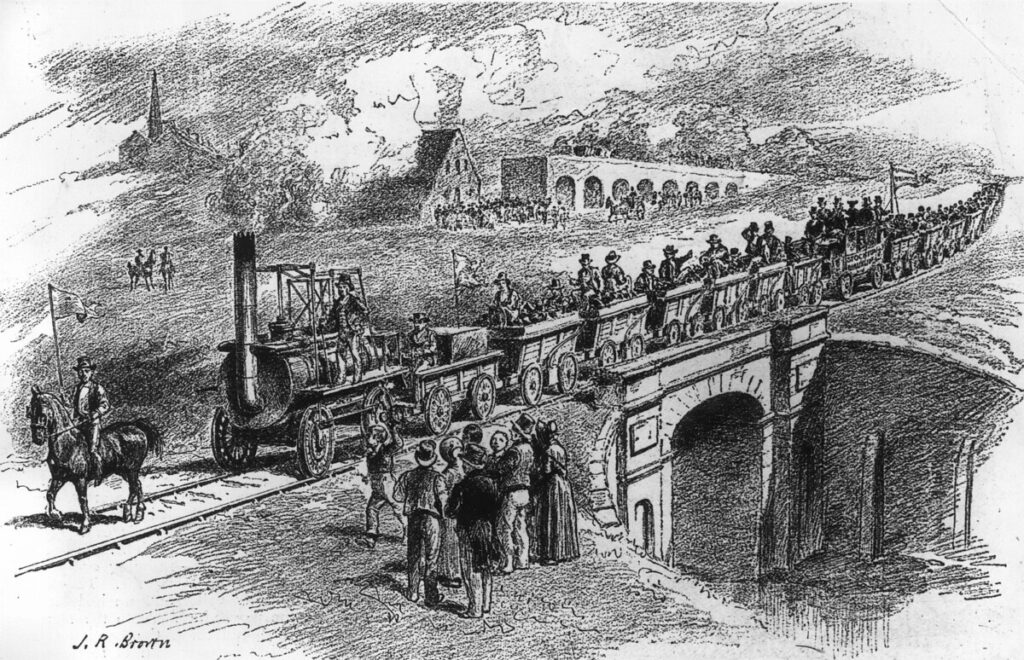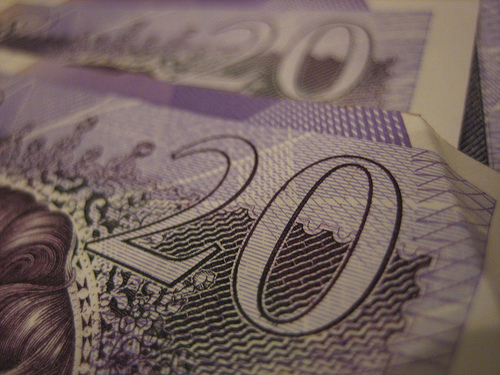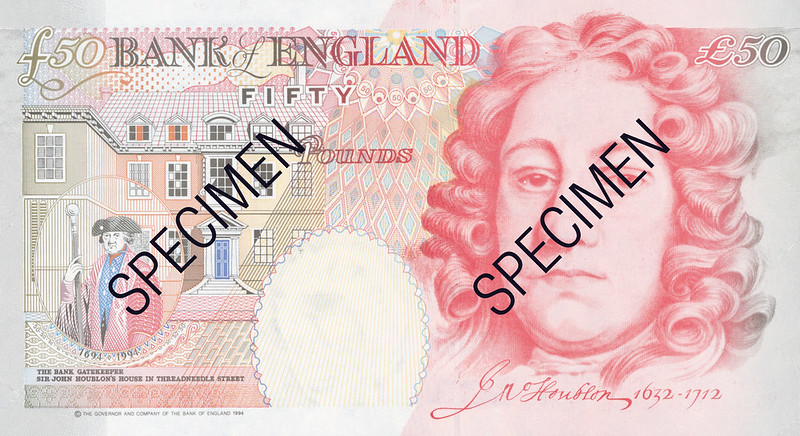Old-style £5 notes no longer legal tender from 21 November

The £5 notes with an image of George Stephenson on the reverse will cease to be legal tender after 21 November 2003.
The notes will therefore not be of much use to charities if dropped into a collecting tin. Museums, cathedrals and any charity with static collecting boxes should examine them soon to check if there are any of these old £5 notes inside.
The Bank of England encourages people to pay them into a back account or exchange them for other notes by 21 November 2003.
Advertisement
After that date, most banks, building societies and Post Offices will continue to accept them, but for a limited period.
If you do find yourself in possession of such notes after that date, you can always exchange them at the Bank of England at any time in the future. However, you can’t simply turn up there without an appointment.

The Bank of England states that there are over 211 million £5 notes in circulation, of which around 43 million are Stephenson notes. The Stephenson £5 note was first issued on 7 June 1990.
The new design £5 banknote, featuring Elizabeth Fry on the reverse, was first issued on 21 May 2002. It incorporates three new security features – a foil hologram, an ultraviolet feature and micro-lettering.
You can find a list of all withdrawn banknotes at the Bank of England.







